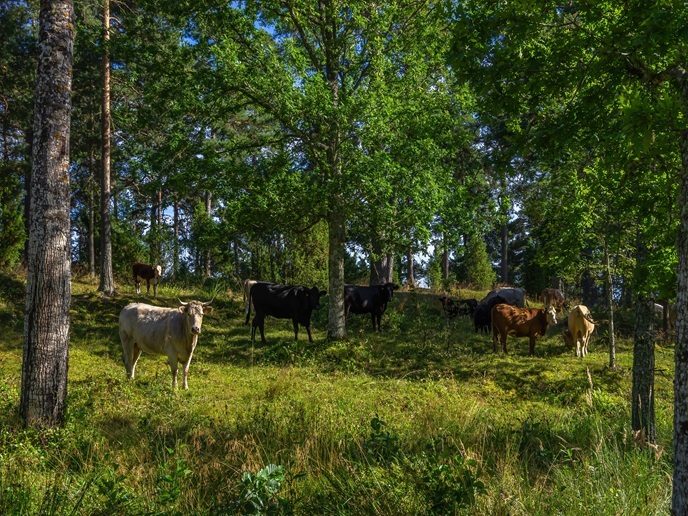From genomics to satellite images: high-tech research tackles alien pests in Europe
Stark statistics reflect the gravity of the effects of plant pathogens on agricultural yields. According to research stats from the EU-funded POnTE(opens in new window) project, olive growers could suffer production losses up to EUR 7.5 billion over 50 years due to the Xylella bacterium.
Italy’s olive trees: the first big research rescue mission
POnTE’s coordinator and head of the operative unit of the National Research Council at Bari, Italy, Donato Boscia, describes the situation at the beginning of the project in 2015. “After the first detection of Xylella in 2013 and several scattered outbreaks in Italy, France, Spain and Portugal, POnTE contributed to raising awareness and surveillance for the disease by developing tools and protocols for efficient detection of the bacterium.” “Genomic studies fixed the approximate time and route of introduction of Xylella strains in Europe, all the information necessary for reducing the risk of further introductions,” Boscia points out. Extensive transcriptome analyses and identification of possible differentially expressed genes shed light on host plant response and possible resistance pathways. The search for sources of evolved resistance to Xylella has revealed preliminary encouraging results and identification of resistant and or tolerant olive cultivars. The meadow spittlebug is the main carrier or vector of this bacterium. POnTE identified the most relevant vectors in the EU and their preferred host plants in many crops, using the mark-recapture technique to track their potential natural spread. Data supported the design of targeted spittlebug surveys, field trials for the control of vector populations and development of important models for short-range spread. Aerial pre-visual identification of Xylella-infected olive trees was achieved by using high-resolution hyperspectral and thermal imagery. Importantly, indicators for early and/or asymptomatic detection of Xylella infection were developed to achieve a method for automatic classification of disease severity over large areas.
Extending the research net to other crops and ecosystems under threat
Other pests, Candidatus Liberibacter solanacearum, CaLsol for short, that affects vegetable crops and Hymenoscyphus fraxineus, a fungus responsible of the ash-dieback disease in Europe’s forests, received attention from POnTE researchers. Adopting the same multidisciplinary approach, they aimed to characterise the pests’ biological aspects and propose strategies to control their spread in EU territory. Characterisation of the haplotypes of different CaLsol-infected samples from Europe and other Mediterranean countries enabled plotting of a map of their geographical distribution. Inherited together from a single parent, haplotypes are important indicators of ancestry and mutation that can be traced to follow pathogen spread and its evolution. Automated traps have been developed that acquire and send images of the CaLsol vector, a jumping plant louse (the Psyllid family), to a remote server. Psyllid feeding behaviour was also studied using the electrical penetration graph technique and correlated with CaLsol disease transmission.
Agricultural impact and future research
Boscia sums up, focusing on the economic health of EU agriculture and livelihood of farmers in Europe: “POnTE data and dissemination will surely be of great help in the future management of these phytosanitary emergencies, and public awareness has also been increased as a result.” The research effort will not end with POnTE, as it is continuing with the complementary project XF-ACTORS(opens in new window). Improved surveillance and prevention programmes currently being developed will be sustainable and coexist with agricultural practices to manage alien pests, new and old, in Europe.







